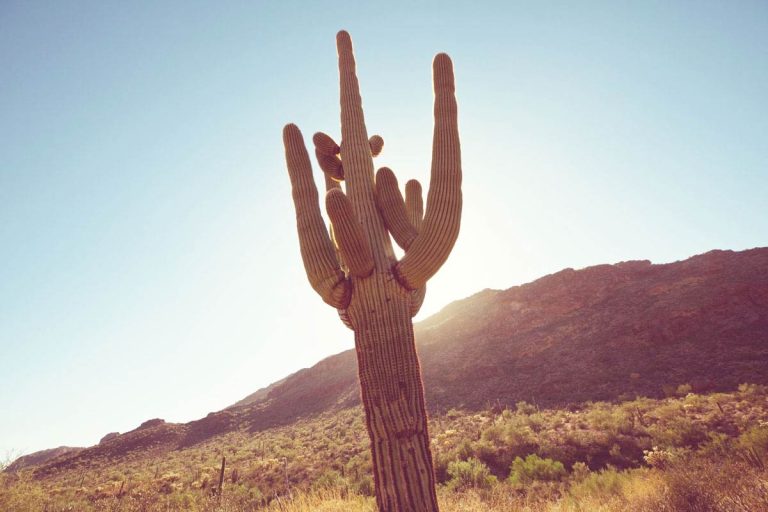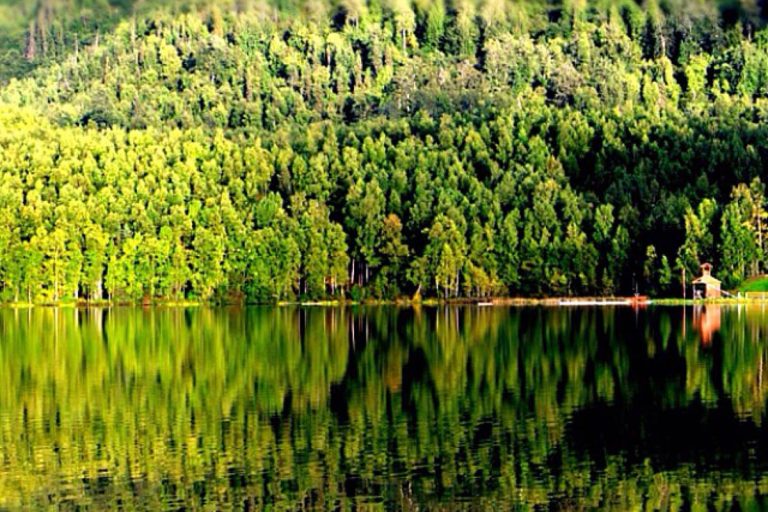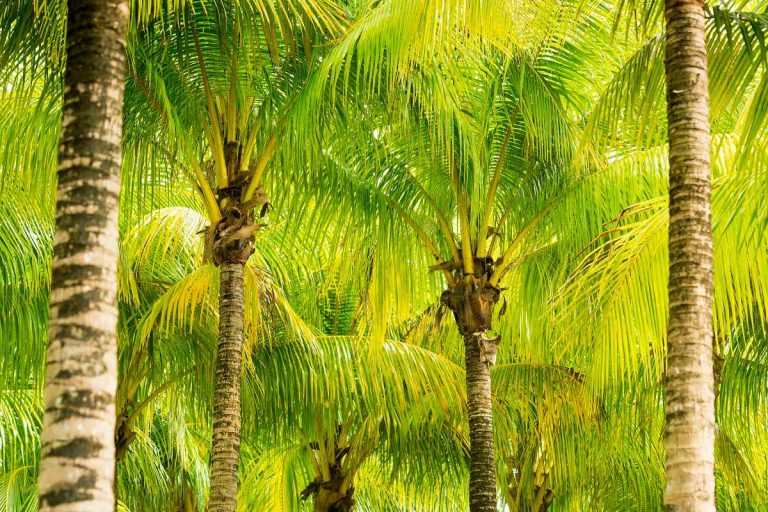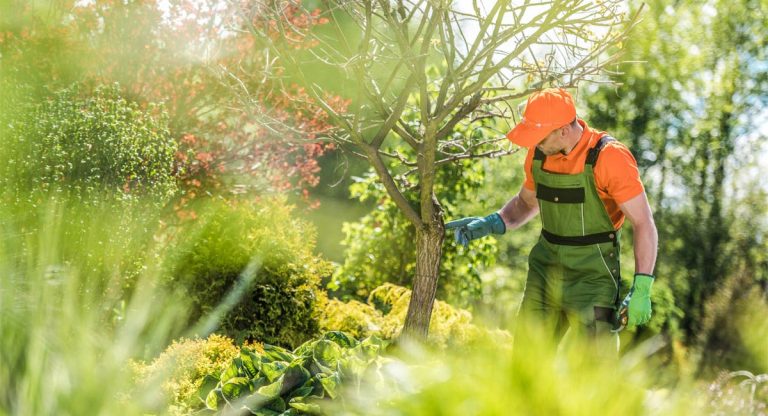Saguaro Cactus Removal
The distinctive saguaro cactus is a fixture of the American Southwest and an identifiable aspect of life in the East Valley. It is the largest cactus in the United States and the second-largest cactus in the world. The saguaro cactus, which can grow to be up to 70 feet tall in some situations, is a…




